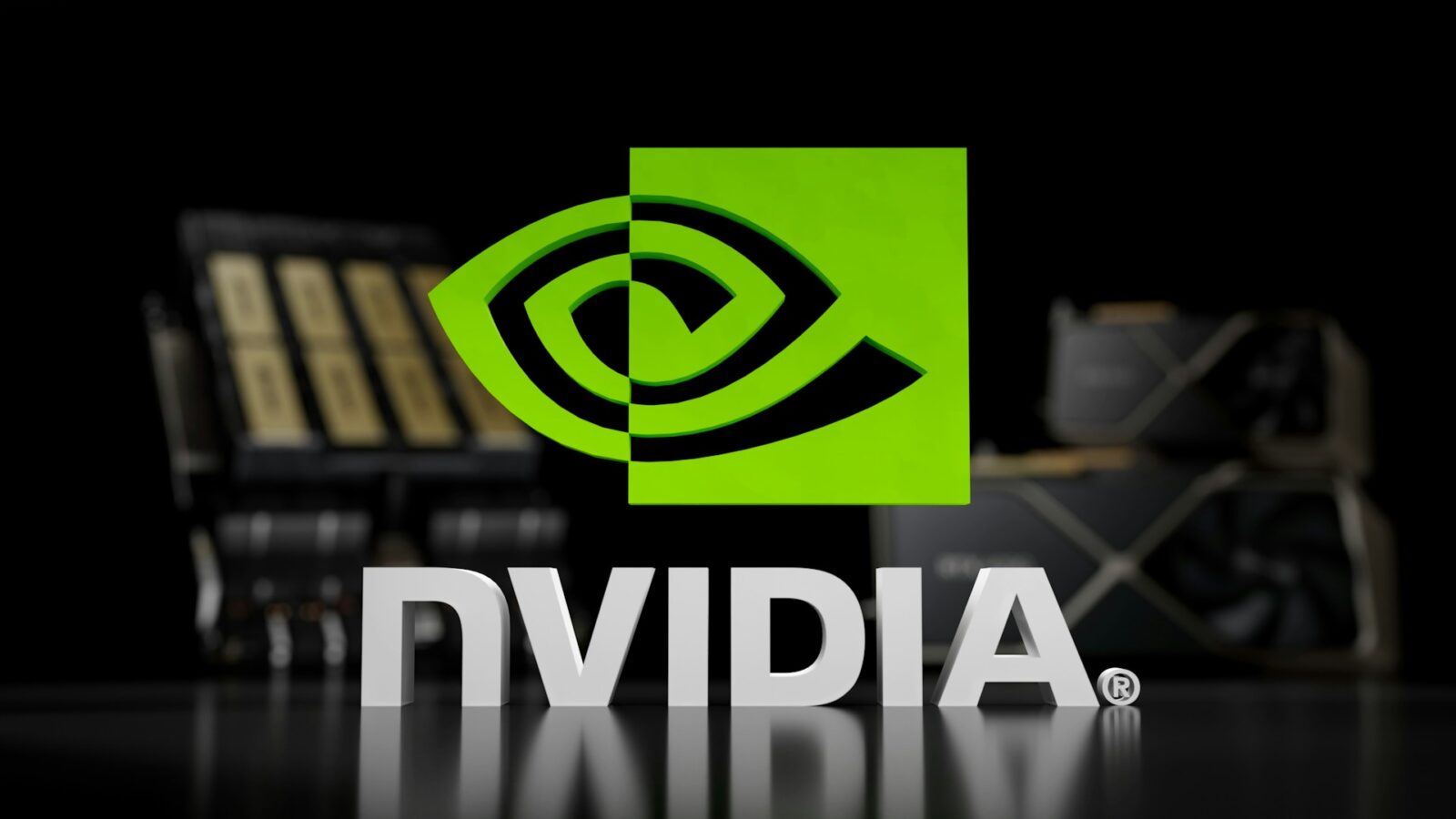A Market Moved by AI Momentum
Global markets in 2025 have been a story of sharp swings—tariffs, inflation scares, and political uncertainty have created turbulence. Yet, amid these cycles, one name has stood out consistently: NVIDIA Corporation (NASDAQ: NVDA). For funds like Baird Chautauqua International and Global Growth Fund, which navigated volatility while trying to capture the upside of technological disruption, NVIDIA’s role has been central. Though the fund noted some underperformance during the second quarter, its acknowledgment of NVIDIA highlights just how pivotal this company has become—not just in chipmaking but in powering the future of artificial intelligence, robotics, and high-performance computing.
Baird Chautauqua’s Focus on NVIDIA
In its second-quarter investor letter, Chautauqua Capital Management singled out NVIDIA for its robust results, even after a significant write-down tied to China-specific products restricted by new U.S. export rules. Despite trimming guidance for Chinese contributions, NVIDIA exceeded expectations elsewhere, underscoring the global demand for its AI and datacenter products.
The fund noted that, compared to competitors relying on ASIC products, NVIDIA’s GPUs are gaining adoption at an accelerating rate. However, portfolio managers remain cautious of short-term risks, particularly whether the surge in AI datacenter investment could lead to temporary overcapacity.
NVIDIA’s Financial Strength
As of late September 2025, NVIDIA’s stock traded around $178.19 per share, giving it a market cap above $4.3 trillion. Over the past year, shares gained nearly 47%, supported by quarterly revenues of $46.7 billion—a figure that smashed Wall Street estimates.
The company has also strengthened its presence among institutional investors, with 235 hedge funds holding NVIDIA shares at the end of Q2 2025, compared to 212 the prior quarter. Its popularity among asset managers reflects a consensus view: while valuation is demanding, NVIDIA remains the premier name in the AI hardware ecosystem.
Global Expansion: Beyond Silicon Valley
NVIDIA isn’t limiting itself to datacenters in the U.S. or partnerships with hyperscale cloud operators. Recently, it launched a joint research hub in the UAE in collaboration with Abu Dhabi’s Technology Innovation Institute (TII). This lab will focus on next-generation AI models and robotics platforms, bringing together NVIDIA’s GPU expertise and TII’s work on humanoids, robotic arms, and advanced mobility systems.
This Middle East expansion underscores a critical shift: as AI adoption becomes global, NVIDIA is embedding itself into emerging innovation hubs. TII’s CEO, Najwa Aaraj, emphasized that NVIDIA chips already play a key role in training language models—making the new collaboration a natural progression.
Balancing Bullish Momentum with Caution
While NVIDIA remains a dominant force, some fund managers—like those at Baird Chautauqua—highlight the risk of valuation compression and potential AI investment saturation. Still, even with these concerns, NVIDIA’s moat is wide:
- GPU dominance: Despite rivals like AMD and custom AI accelerators, NVIDIA continues to define the standard for AI training and inference.
- Diverse revenue streams: From gaming to automotive chips, NVIDIA isn’t dependent solely on AI.
- Global partnerships: Expansion into regions like the Middle East and Europe creates resilience against U.S.–China trade frictions.
- Strong balance sheet: Its multi-trillion-dollar valuation isn’t just sentiment-driven—its financial performance backs it up.
The Bigger Picture: NVIDIA’s Place in the AI Economy
The conversation about NVIDIA is less about whether it can maintain relevance and more about how much of the AI-driven value chain it can capture. While some investors look to emerging AI names like Groq or software-based players in generative AI, NVIDIA continues to operate at the hardware level where switching costs are high and barriers to entry are steep.
If the AI sector expands into a multi-trillion-dollar industry over the next decade, NVIDIA’s position as the “picks and shovels” supplier of this revolution virtually guarantees it a seat at the table.
Why NVIDIA Remains on the Detector’s List
Baird Chautauqua’s spotlight on NVIDIA underscores both the promise and the caution surrounding AI investing. On one hand, NVIDIA’s record revenues, hedge fund interest, and global expansion signal strength that few competitors can match. On the other, concerns about overcapacity and geopolitical risks remind investors that even leaders face challenges in hyper-growth sectors.
For long-term investors, NVIDIA represents more than a semiconductor company—it is the infrastructure backbone of the AI age. While near-term volatility is inevitable, the structural tailwinds in AI, robotics, and cloud computing make NVIDIA a core holding for funds betting on global growth. The message is clear: despite premium valuations, NVIDIA’s dominance ensures it remains firmly on institutional investors’ radar.







Leave a Reply